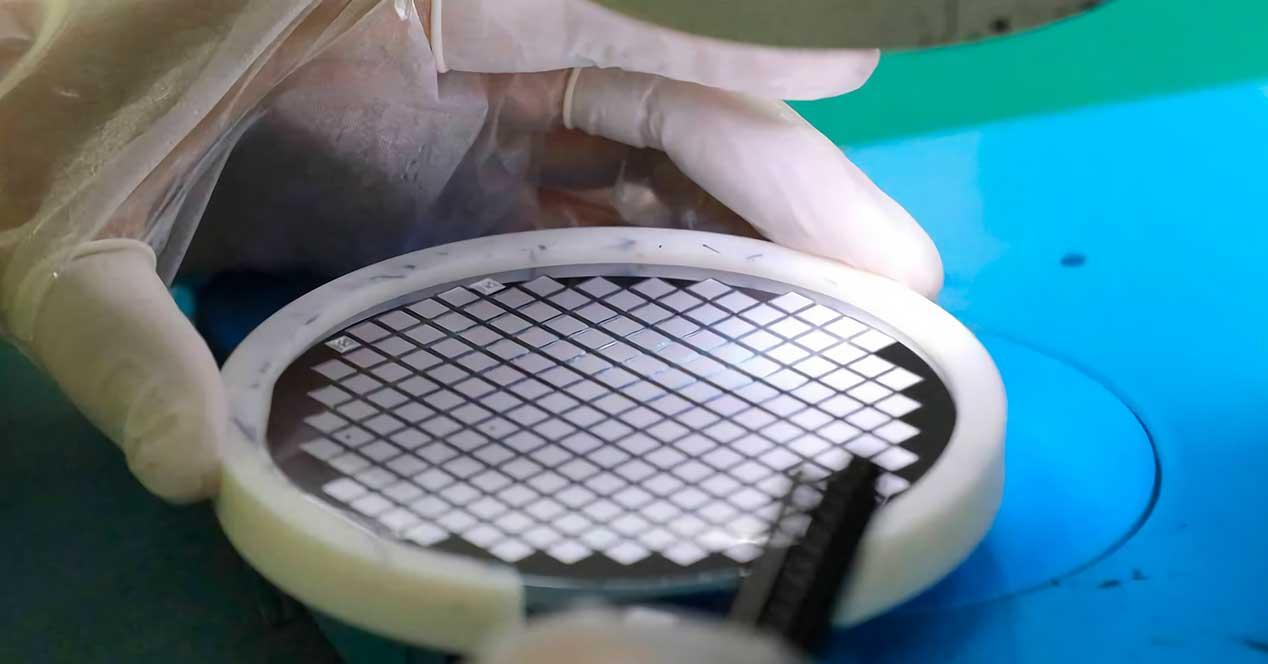Having been completely shut out of Western technology and products, Russia is a tech-savvy player despite lagging far behind its main rivals and, surprisingly, it looks like it won’t look to China for the assault on advanced chip technology. And it is that the Kremlin has given the green light to a new project where it is planned to create chips through x-ray lithographyAt what nanometric scale will Russia be able to manufacture processors?
Vladimir Putin’s government launched an ambitious project with minimal funds which curiously has a rather ambitious goal and logically the contract was won by the Moscow Institute of Electronic Technology, also known as MIET. With a grant of only 670 million rubles ($8.5 million
Russia joins ASML blacklist
It is true that the most advanced chips in the world are created by three countries outside the EU, such as United States, Taiwan and South Korea, but all are subject to European ASML scanners. As we saw months ago, the company doesn’t have permission to sell these scanners to China, and now they don’t have permission to sell them to Russia due to the war in Ukraine, which together with the decisions taken by the NATO bloc in the economic and technological aspects completely isolate Putin and Russia to live with the technology of 30 years ago.
The funny thing about all of this is that today’s state-of-the-art wafer burning technology, EUV, was partly made possible by Russian know-how which was later used in ASML and which you will no longer be able to enjoy now. The objective of MIET is therefore nothing other than to create a lithographic machine, a scanner which must not have masks based on an X-ray synchrotron, and if possible with a plasma source.
The objective: 28 nm chips, 16 nm and less… No date
Not to be dependent on the West, to be technologically independent and to compete with large global companies and foundries in the future. Almost nothing in the middle of 2022 and without technical resources, but it is the Russian objective which will try to manufacture chips at 28 nm at first and then make the jump to 16nm
The problem is time. China is working to reduce the 28nm which equates to more than 10 years behind, Russia is starting about 15 years behind, but even hopes to be ahead in a short time thanks to the fact that x-rays have a shorter wavelength than EUV allows, at least in theory.
The project will be launched From November of this year with the aim of having on the table and by then a series of proposals and technical specifications of what the new Russian machine could achieve in the specified and logically X-ray based lithographs. Of course this project is an important part of the Russian commitment to its army, which will benefit from the chips that will be created in the coming years. Will Russia finally be able to create chips using X-rays?









